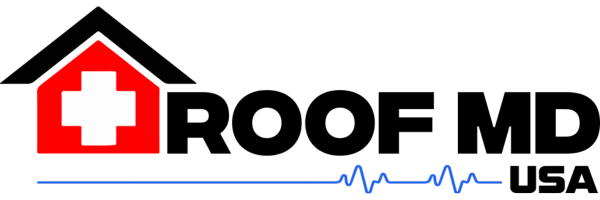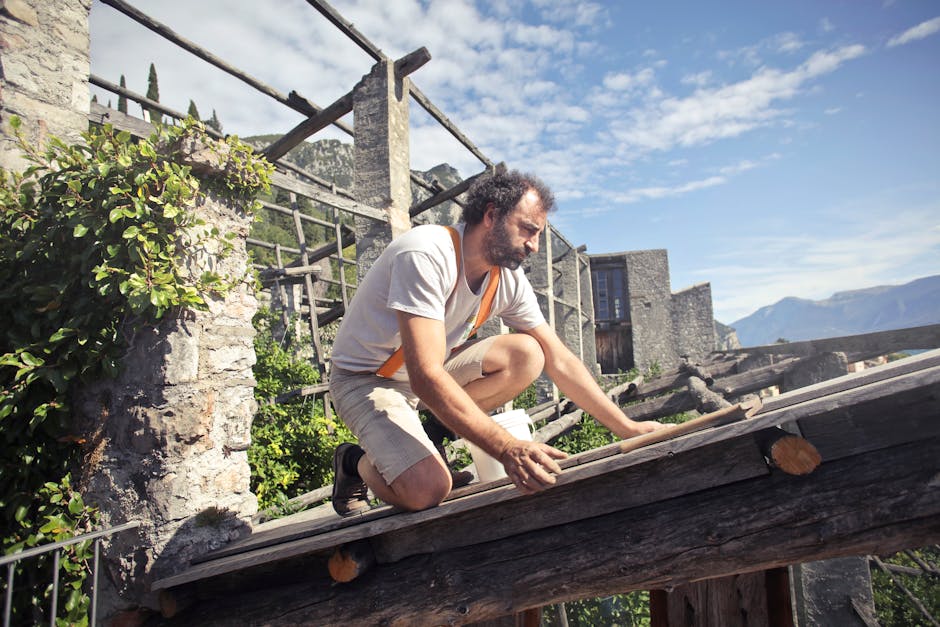Experiencing storm damage to your roof can be both stressful and overwhelming. Residing in Roswell, GA, where storms can hit hard, it’s crucial to know the immediate steps to take to prevent further damage and ensure your family’s safety. This guide provides a straightforward and easy-to-understand rundown of what you should do after the storm passes.
1. Safety First: Assessing the Situation
Once the tumult of the storm settles, your first instinct might be to inspect your home for damage. However, safety must be your top priority. Before assessing your roof’s condition, ensure that the storm has completely passed and it is safe to venture outside. Wear sturdy shoes and use caution, watching out for hazards like broken glass and exposed nails. It’s a good time to remind yourself that while damage to material possessions is fixable, your well-being is paramount. Only after confirming it’s safe, proceed to visually inspect your roof from the ground. If you suspect major damage or feel unsure about the roof’s integrity, resist the temptation to climb up. This preliminary assessment is about understanding the scope of damage in a safe manner.
2. Preventing Further Damage: Temporary Fixes
After the initial safety checks, your next step is to prevent further damage. If you’ve identified leaks or visible damage to your roof, temporary fixes can be invaluable. Using tarps to cover damaged areas can help prevent water from entering your home. While applying tarps, ensure your safety by not climbing onto the roof, especially if the structure is compromised. Secure the tarp edges with sturdy boards or weights to keep it in place. This step is not about permanent repairs but about minimizing additional damage until professional help can be secured.
3. Document Everything: For Insurance and Repair
Before proceeding with any repair work, document the damage thoroughly. Take photos and videos from different angles, capturing all the affected areas. These visuals will be crucial for insurance claims and for the professionals conducting the emergency roof repair. Additionally, jot down notes about the damage, including the date of the storm. This detailed documentation will not only help streamline the claim process but also ensure you have a clear record of the storm’s impact on your property.
4. Contact a Professional: Seeking Emergency Roof Repair
Once you’ve secured your roof temporarily and documented the damage, it’s time to call in the experts. Searching for a reliable emergency roof repair service in Roswell, GA, can seem daunting, but prioritizing those with a solid reputation and appropriate credentials can ease the process. Look for licensed and insured professionals with positive reviews and a track record of prompt service. These experts can assess the damage more thoroughly, propose permanent solutions, and ensure the repairs meet local building codes. Remember, quick fixes are temporary; professional repairs restore your home’s safety and durability.
5. Understanding Your Insurance: Filing a Claim
Dealing with insurance can be perplexing, but knowing your policy’s provisions can alleviate some of the stress. Contact your insurance provider as soon as possible to report the damage. Provide them with the documentation you’ve compiled. Be prepared to answer questions about the extent and cause of the damage. Understanding what is covered and the process for filing claims can help accelerate your home’s recovery process. Remember, each policy is different, so clarify specifics, such as deductibles and timelines, to set realistic expectations for repair commencement.
6. Beware of Scammers: Choosing the Right Contractor
After storm damage, contractors might come knocking, offering repair services. While many are reputable, storms also attract opportunistic scammers. Research any contractor you consider hiring. Verify their credentials, request references, and check online reviews. A genuine contractor will have no issue providing this information. Avoid anyone demanding full payment upfront or who cannot provide a local address or proof of insurance. Making an informed choice protects you from potential fraud and ensures quality repair work on your home.
7. Long-Term Solutions: Planning Future Preventative Measures
After the immediate crisis is managed, it’s wise to think long-term about protecting your home from future storm damage. Discuss with your roofing professional about materials and modifications that can enhance your roof’s durability. Consider investing in impact-resistant shingles or a water-resistant underlayment for increased protection. Regular maintenance, such as clearing gutters and trimming tree branches, can also minimize risks. By taking these steps, you can mitigate damage from future storms, keeping your home safe and secure for years to come.



